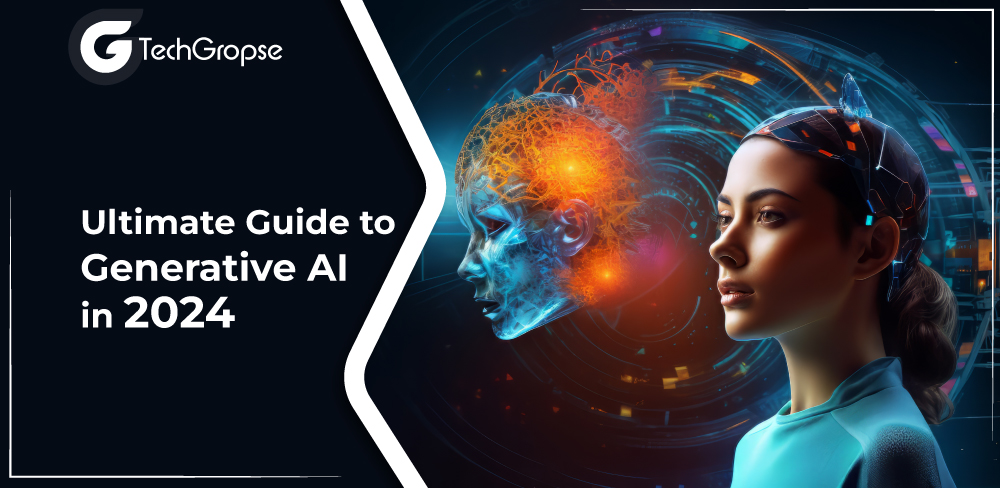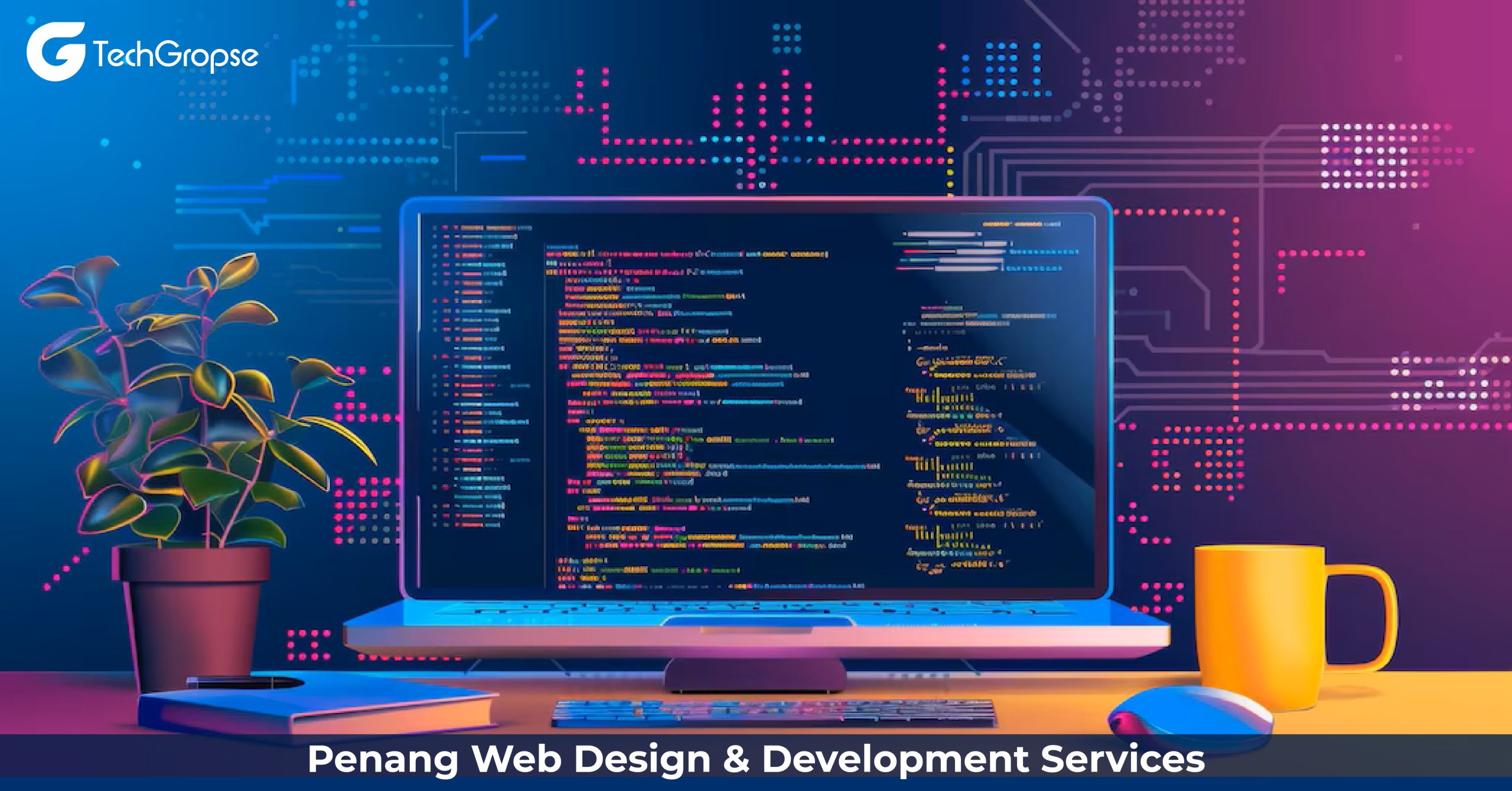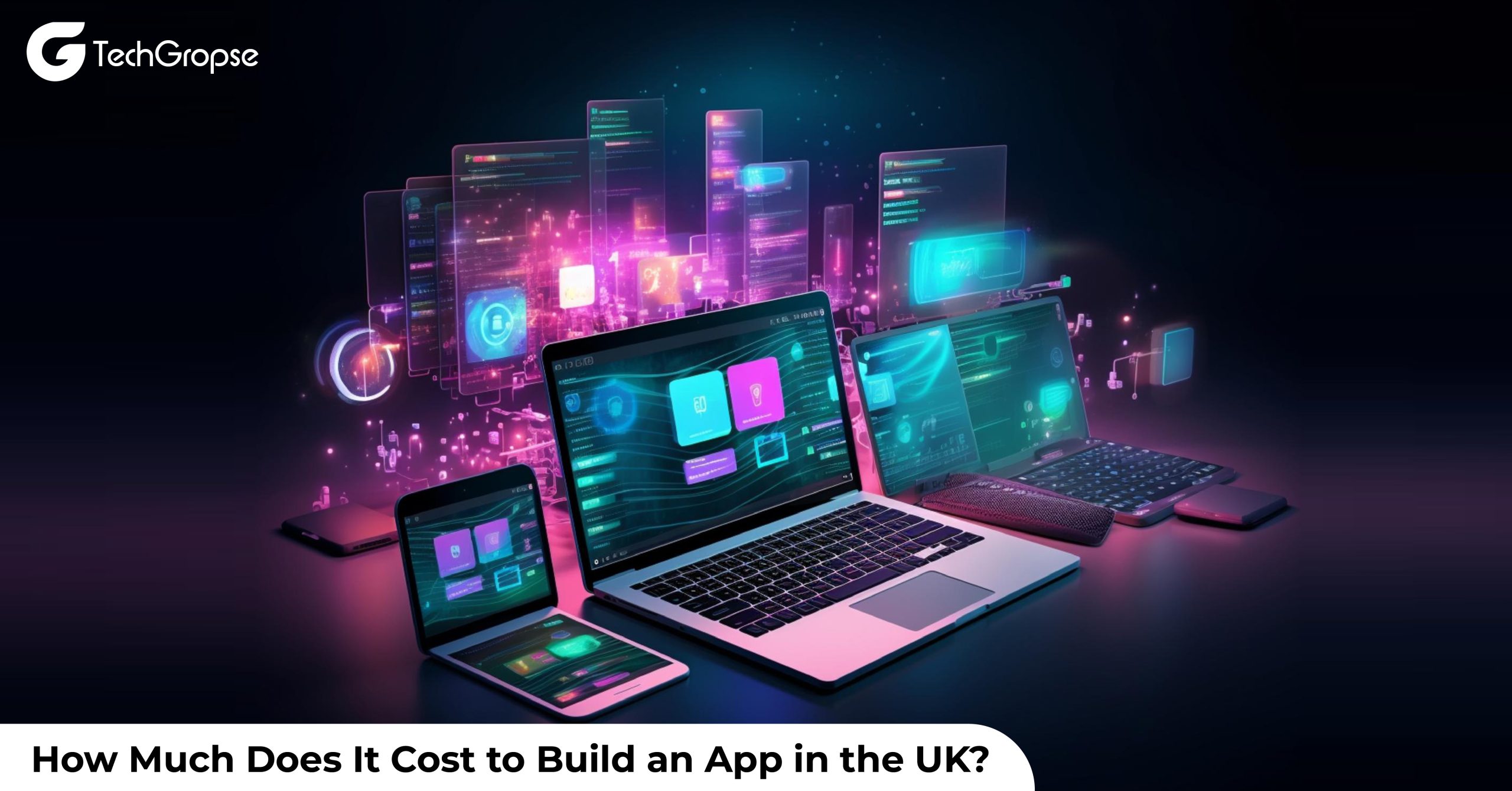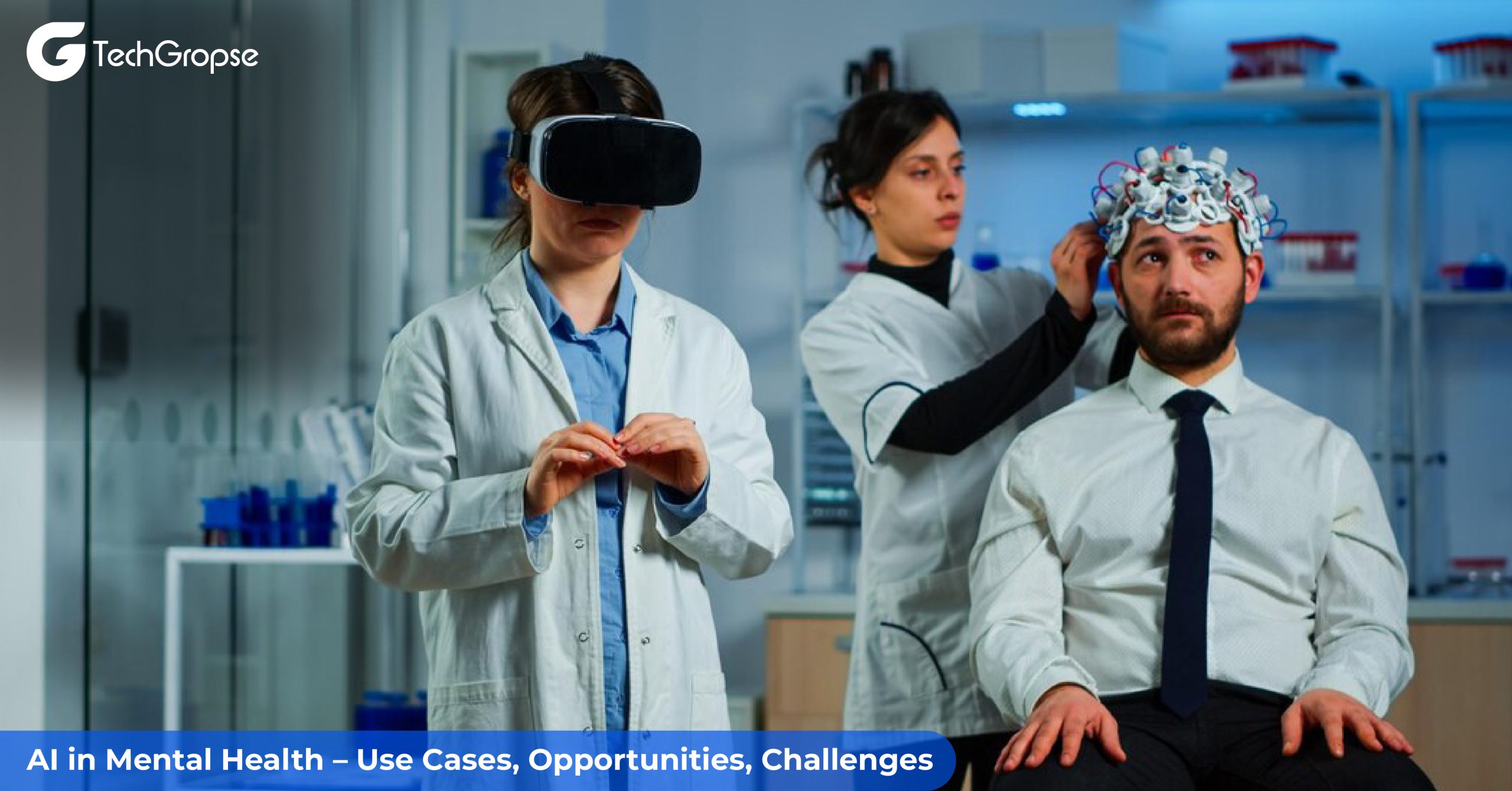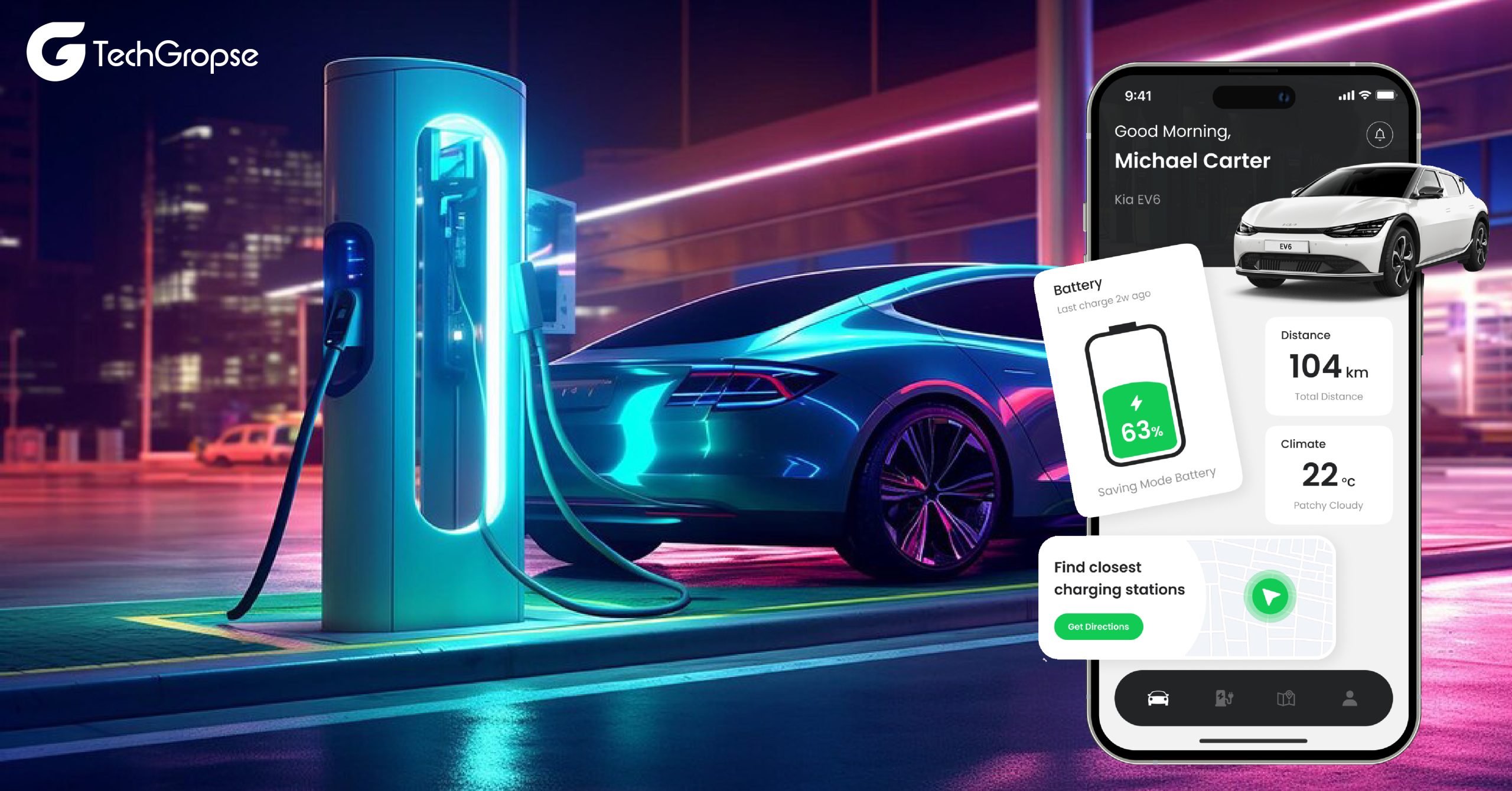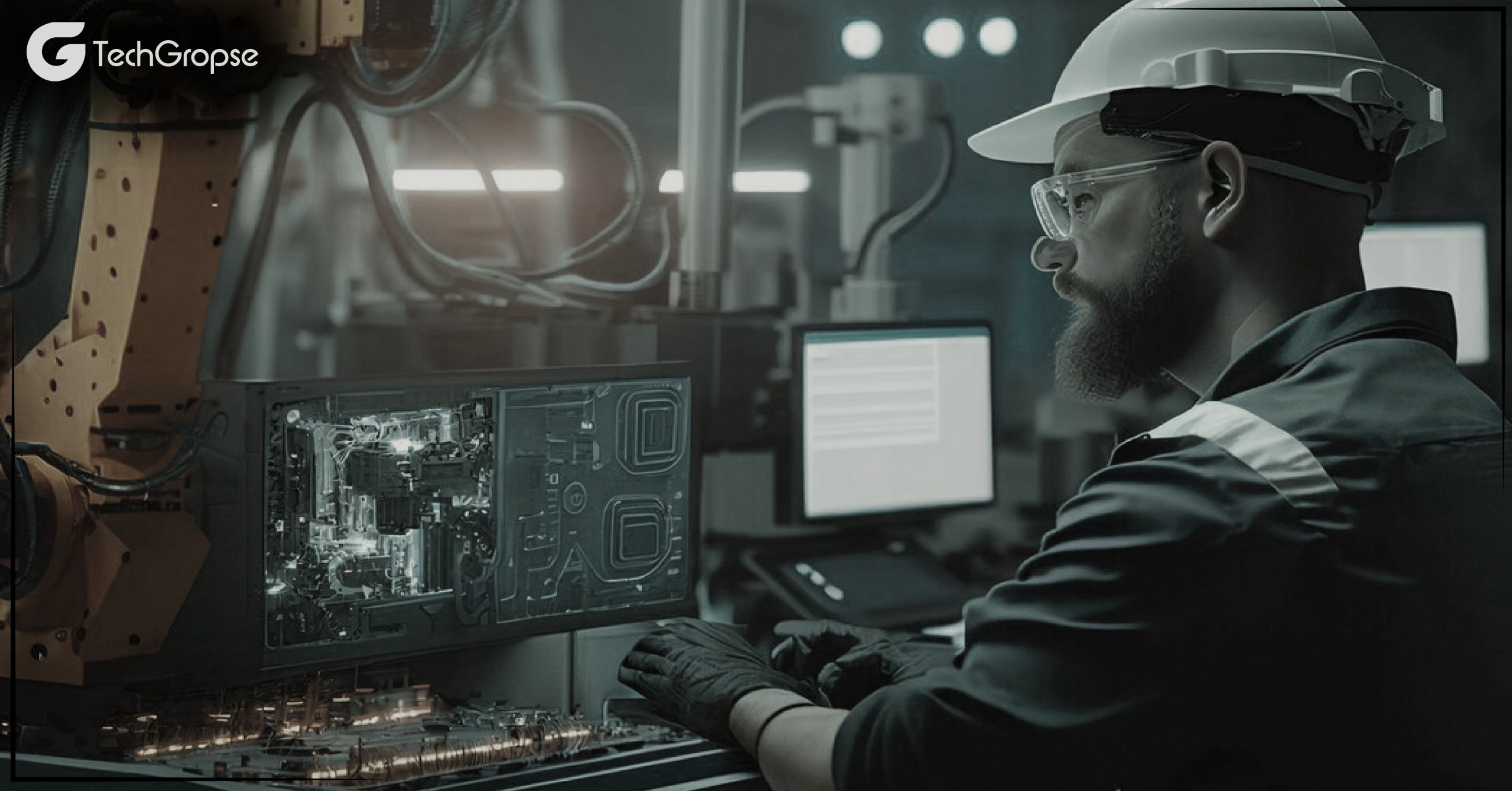Artificial intelligence’s generative realm has revolutionized creativity across industries. Generative AI services enable the generation of realistic visuals, text, and audio, unlocking unprecedented innovation possibilities.
As 2024 unfolds, these capabilities continue expanding, offering businesses and individuals a diverse toolset for AI-driven creativity.
This comprehensive guide explores the cutting-edge generative AI services reshaping AI’s creative future.
Table of Contents
What is Generative AI?
Users can use generative artificial intelligence, or GenAI, to create content such as text, photos, code, 3D designs, videos, audio, and more. GenAI is trained using existing online materials and information.
As GenAI is trained with more data, it improves. It uses AI models and algorithms trained on large, unlabeled datasets.
This requires complex math and a lot of processing power. These datasets teach the AI to predict outcomes in ways that are similar to human actions or creations.
Bridging the Gap Between Imagination and Reality: The Role of Generative AI in 2024
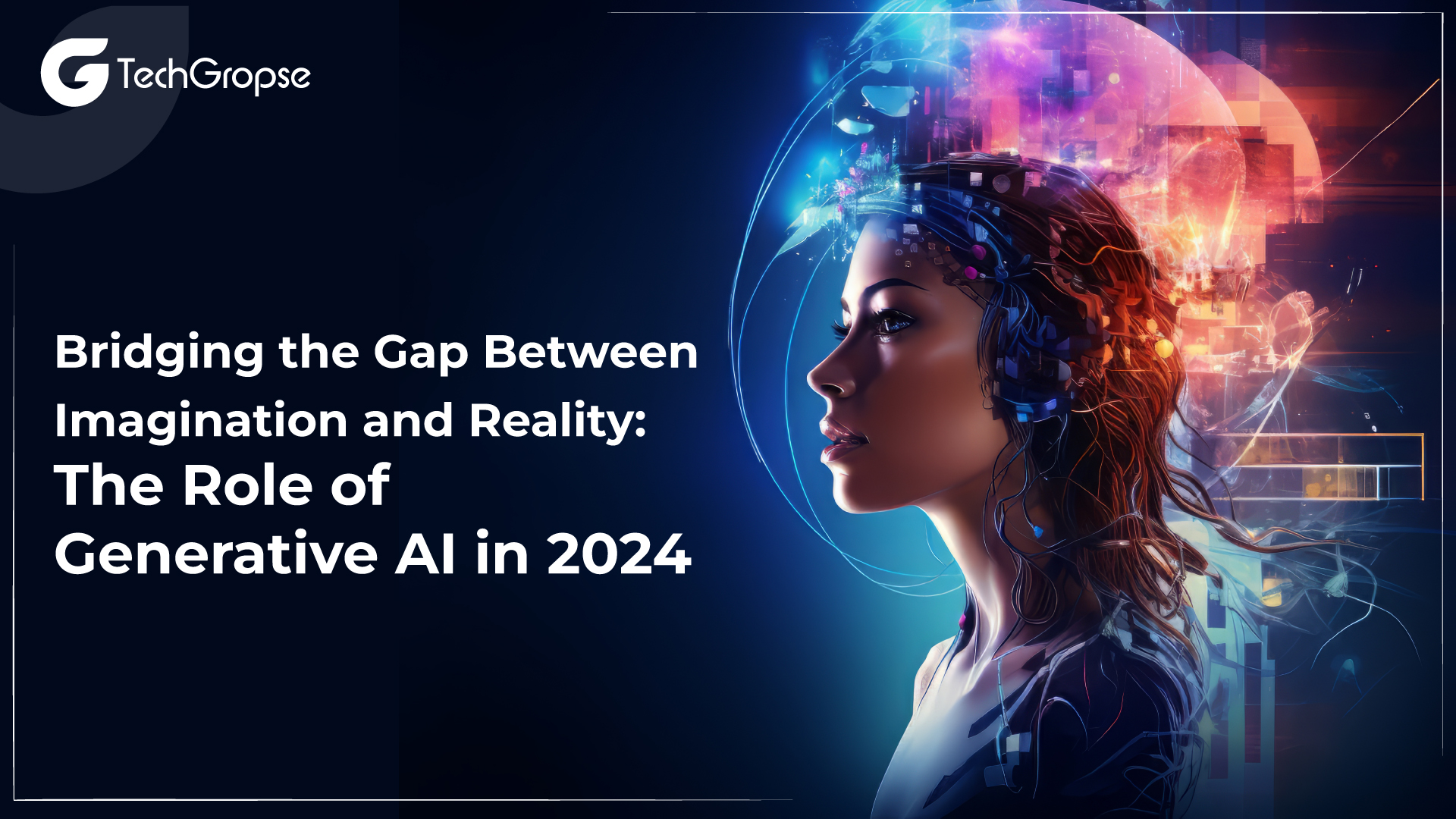
Generative AI is like a smart assistant that helps turn ideas into real things. AI Development company focuses on building a smart application to give a better user experience.
As we discussed above, It can make things, like stories, pictures, music, and even computer code.
It learns from lots of examples on the internet to get better at its job. Nowadays, generative AI is popular in making creative ideas come to life.
If you are writing a story, drawing a picture, or making a video, generative AI can help you turn your imagination into a real concept like never before.
Let’s start
1. Image Generation
Image generation has reached remarkable heights thanks to generative adversarial networks (GANs). This approach pits two neural networks against each other: the generator and the discriminator.
The generator crafts synthetic images, striving to deceive the discriminator whose role is to discern real from artificially generated images.
This adversarial training process gradually refines the generator’s ability to create highly realistic images.
Today, AI companies have mastered GAN architectures and training techniques, enabling image generation services capable of producing photorealistic, high-resolution images across a vast array of domains.
AI image generators use immense data to train their networks. This ensures that the visuals created span diverse styles, compositions, and features.
Leveraging deep learning and computing power, these services produce extremely detailed and lifelike imagery.
Moreover, specialized GAN architectures cater to specific tasks like generating faces, landscapes, or artwork.
These generative AI services allow image generators to meet unique needs across industries, from e-commerce to visual effects.
2. Music Generation
Thanks to advanced technology, music created by artificial intelligence is now a reality. In 2024, music generation services will utilize deep learning methods like recurrent neural networks and transformer models to produce unique tunes across different genres.
These models analyze extensive music collections to understand patterns and structures, generating melodies, harmonies, and rhythms following conventions but offering novelty.
The AI music demonstrates fluency and creativity comparable to human composers, ushering in a new musical era.
Moreover, music generation platforms provide customization tools, allowing users to set specifications like rhythm, ambiance, instruments, and style.
Creatives like musicians, filmmakers, and multimedia artists can mold the generated compositions to perfectly match project needs, whether that’s scoring a movie scene, crafting a catchy ad jingle, or shaping atmospheric virtual reality soundscapes.
Many such services also support collaborative composition, enabling multiple contributors to creatively engage, share feedback, and refine the work together in real-time.
3. Content Generation
Advancements in generative AI have revolutionised content generation in 2024. Generative AI services use sophisticated tools to streamline the creation of various digital content formats, such as articles, blogs, social media posts, and marketing materials.
These services utilize advanced natural language processing (NLP) models based on transformer architectures, such as GPT (Generative Pre-trained Transformer), to understand and emulate human language patterns effectively.
By analyzing vast text datasets, these models produce contextually relevant and engaging content tailored to target audiences while maintaining coherence and relevance at scale.
4. Customization and Personalization
Customizing and personalizing generative AI outputs have become effortless in 2024, empowering users with tailored content catering to their unique preferences.
These advanced services employ sophisticated algorithms coupled with intuitive interfaces, granting precise control over generated text, visuals, and audio.
For textual outputs, users can modulate the style and tonality by selecting from predefined templates or providing sample inputs to guide the desired style transfer.
Regarding visual generation, users can manipulate aesthetic aspects like color palette, composition, and textures through interactive sliders or drag-and-drop controls.
Furthermore, music generation tools allow users to shape the mood, tempo, instrumentation, and genre of compositions to align with their creative vision and project requirements.
Generative AI companies in 2024 focus on providing excellent user experiences with intuitive interfaces. They incorporate user feedback and iterative design processes.
Interactive previews and real-time visualization allow users to instantly see the effects of their customization choices.
5. Predictive Modelling
Predicting future events through artificial intelligence has become essential for decision-making and planning strategies in 2024.
Powerful forecasting tools were developed, using advanced machine learning algorithms like deep neural networks and ensemble methods.
These models analyzed historical data, uncovering patterns, and correlations to make accurate predictions.
By training on extensive datasets, the models learned intricate relationships between variables, enabling precise forecasts across diverse domains and applications.
Moreover, predictive modeling services employ techniques like time series analysis, regression analysis, and classification algorithms for various predictive problems.
Time series analysis examines sequential data points to forecast future trends, making it suitable for financial forecasting, demand planning, and resource allocation.
Regression analysis models the relationship between independent and dependent variables, predicting continuous outcomes like sales revenue or customer lifetime value.
Classification algorithms, however, classify data into predefined categories based on input features, enabling predictions such as customer churn or product preferences.
6. Video Generation
The pinnacle of generative AI lies in video generation, where algorithms synthesize dynamic, lifelike videos.
In 2024, leading AI firms offer video generation services utilizing advanced deep learning architectures like convolutional neural networks (CNNs) and generative adversarial networks (GANs).
These services craft stunning visual content with unprecedented realism and fidelity. Their capabilities span animations, visual effects, virtual environments, and synthetic actors.
They cater to diverse applications in entertainment, marketing, and simulation domains.
Additionally, Video generation services offer advanced capabilities for creating realistic scenes, animating characters and objects realistically, and modifying visual elements.
They generate detailed backgrounds like landscapes or environments. Animating characters also lets them display natural movements and gestures.
How Much Does it Cost to Build a Generative AI App?
The cost to build generative AI App can differ based on factors such as the app complexity, the features you want to include, the technology stack, and the development team’s rates.
A reputable software development company sets standard development costs to give you a rough idea.
- Simple App: Basic generative AI apps with limited features may cost between $5,000 to $50,000.
- Medium Complexity App: Apps with more advanced features and capabilities could cost between $50,000 to $150,000.
- Complex App: High-end generative AI apps with advanced features, large datasets, and complex algorithms may cost upwards of $150,000 or more.
*It’s essential to consult with a development team to get an accurate estimate based on your specific requirements and budget.
Conclusion
Generative artificial intelligence services have achieved remarkable growth in 2024, offering diverse tools and capabilities for innovative creative expression.
From generating images, text, music, and videos, generative AI transformed how we create and engage with digital content. It unlocked unprecedented opportunities for businesses and individuals.
As generative AI progresses, we anticipate even greater advancements, further blurring human and machine creative boundaries.
By harnessing generative AI’s power, we redefine artistic expression limits and shape AI-driven creativity’s exciting future.

Hello All,
Aman Mishra has years of experience in the IT industry. His passion for helping people in all aspects of mobile app development. Therefore, He write several blogs that help the readers to get the appropriate information about mobile app development trends, technology, and many other aspects.In addition to providing mobile app development services in USA, he also provides maintenance & support services for businesses of all sizes. He tried to solve all their readers’ queries and ensure that the given information would be helpful for them.







































































































